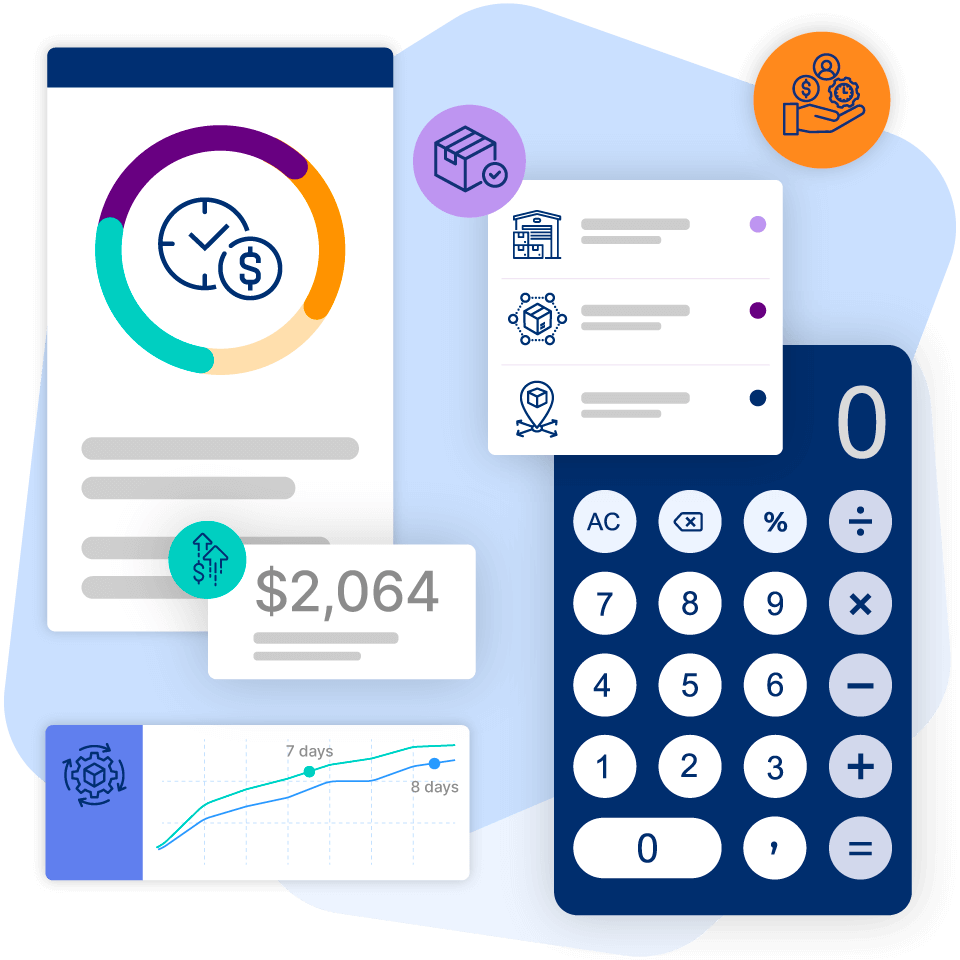Anticipation Inventory: Definition. Advantages, Disadvantages
The flow of content:
| Definition: Anticipation inventory |
| Advantages of Anticipation inventory |
| Disadvantages of Anticipation inventory |
Definition:
Anticipation inventory is the stock that is kept according to the expected consumer demand. It is quite similar to safety stock but it differs in the sense that this stock is usually kept seasonally when the demand for products can vary greatly. The products’ demand forecasting can be done efficiently with an automated inventory management system.
However, here is a formal definition for your reference:
“Anticipation stock is the stock of components, material, or goods kept at hand by a company or business to meet demand or to meet the shortfall caused by erratic production. It is also called anticipation inventory, build stock, seasonal inventory, or seasonal stock.”
For example, a retailer stocks more Ice-cream just while the summer season is about to begin because he is expecting the demand for it rising during the hot season. While the same retailer reduces his ice-cream stock as the winter season approaches.
Advantages of Anticipation inventory
- Anticipation inventory is like additional inventory stocked by the retailers hence, enables a business to meet varying consumer demands. For example, during Halloween times, there is a high demand for pumpkins. So if more pumpkins are stocked during this time, it will prove fruitful for the business person.
- A business can consistently serve their customer by not running out of stock during varying demand for a particular product. Hence, it ensures that the retailer is able to provide consistent output and stable workforce throughout the year without stock outs.
- Protection against uncertainty is one of the biggest benefits of stocking products in an extra amount by estimating their future demand. The future is not certain but if you are lucky enough to hold the products that have risen in the demands due to unforeseen circumstances then you can cash in on the opportunity and earn more.
Disadvantages of Anticipation inventory
- One of the biggest challenges is making a wrong demand forecasting. It might cause a problem when you anticipate a greater demand and stock more products but in reality the demand falls down. Viceversa, you might not have enough stock while the demand grows higher.
- The impact of anticipated inventory stays longer than the normal inventory error. In normal circumstances, if by mistake there is some error in maintaining the inventory then the impact remains only till the time the stock lasts but when there are products bought in anticipation chances are you might have hard time disposing off the products if it is in more quantity.
- Apart from this, a retailer or business person has to face high carrying costs since he/she needs to purchase the regular stock as well as additional stock as there might be an increase in the demand of the products. This means that the retailer has to purchase as well as house this extra stock which is a costly affair.





